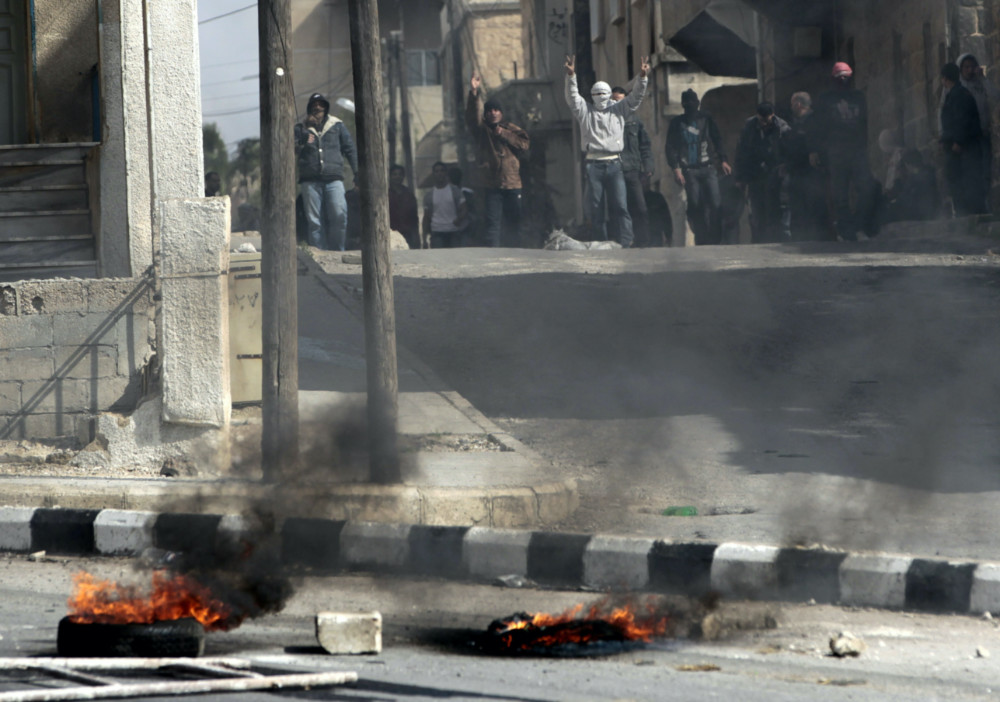
A decade after protests first broke out in Syria leading to an ongoing civil war, BASSEM MROUE and SARAH EL DEEB, of Associated Press, report on how events in the provincial city of Daraa have reflected the broader arc of the war in Syria…
Beirut, Lebanon
AP
A neglected provincial city amid the farmlands of the south, Daraa was the first place in Syria to explode into protests against the rule of President Bashar Assad in March 2011.
Daraa saw the arc of Syria’s conflict. Protesters met by a vicious crackdown by Assad’s forces turned to armed rebellion and civil war. Opposition fighters broke free of Assad’s rule in many areas, only to be crushed by his military once his allies Iran and Russia backed it with their firepower.

In this 23rd March, 2011, file photo, anti-government protesters flash victory signs in the southern city of Daraa, Syria. Security forces shot live ammunition and tear gas early that day near a mosque where protesters had been camped out, killing six people. After a decade of bloodshed, Daraa is back under Assad’s rule, but only tenuously. PICTURE: AP Photo/Hussein Malla, File photo.
Now on the 10th anniversary of those first protests, Daraa is back under government control. But only tenuously. Boiling with resentments, desperate from economic crisis and rife with armed groups, the uprising’s birthplace still feels perched on the rim of an active volcano.
“The young men still inside Syria are living in despair,” said Ahmed al-Masalmeh, who helped organise protests in Daraa a decade ago. Now in exile in Jordan, he remains determined to see the cause through despite the government’s military victories.
“We will invest in the despair…to relaunch the revolution again.”
– Ahmed al-Masalmeh, who helped organise protests in Daraa a decade ago and is now in exile in Jordan.
“We will invest in the despair…to relaunch the revolution again.”
Al-Masalmeh, at the time a 35-year-old electronics shop owner, was among the protesters at Daraa’s Omari Mosque on 18th March, 2011, when security forces opened fire on the crowds. Two people were killed, the first to die in a decade of war that would killed more than a half million people, drive half of Syria’s population from their homes and level entire sections of its proudest cities.
Al-Masalmeh had expected some violence, but thought Assad couldn’t get away with what his father Hafez Assad did in 1982, killing thousands to crush a revolt.
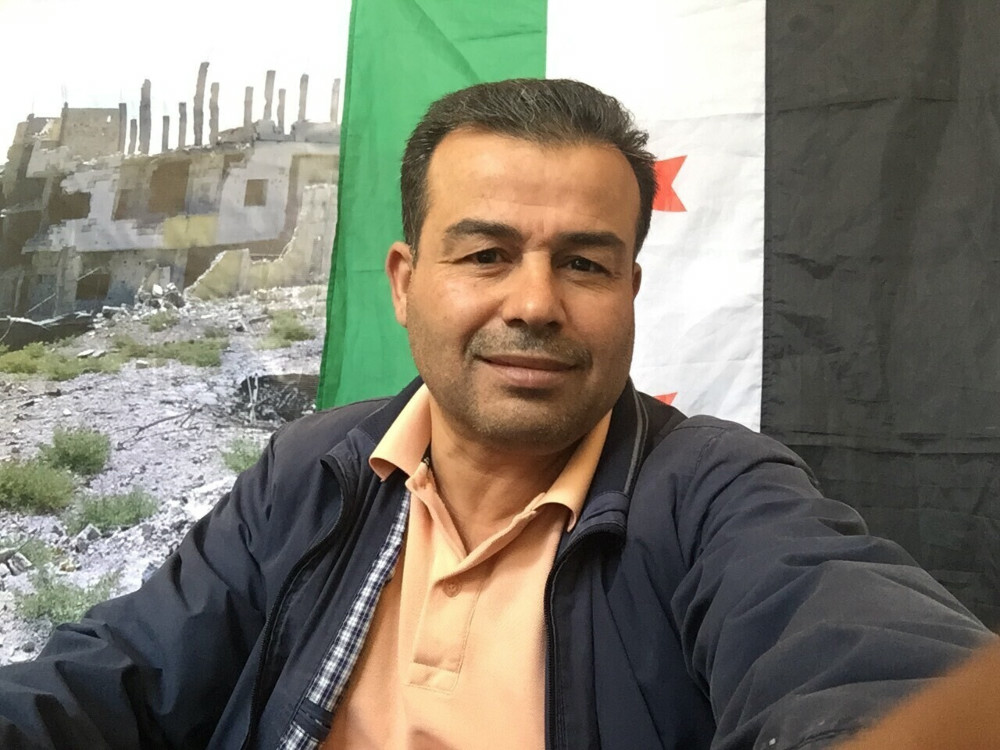
This August, 2018, photo provided by Syrian opposition activist Ahmed al-Masalmeh, shows a selfie of him taken in front of the Syrian revolutionary flag, in Daraa, Syria. Al-Masalmeh helped organise anti-government protests in the southern city of Daraa in March, 2011. He was among the first to join the protests against the Assad family rule amid Arab Spring uprisings in 2011. PICTURE: Ahmed al-Masalmeh via AP.
“We thought the world has become a small village, with social media and satellite stations,” he told the AP. “We never expected the level of killing and brutality and hatred for the people to reach these levels.”
In some ways, Daraa set the tone for the opposition. A backwater compared to more cosmopolitan cities in the center, Daraa province’s population is overwhelmingly Sunni Muslim, largely conservative and impoverished – and bitter over decades of neglect. While secular activists advocated peaceful protests, Daraa’s protesters when faced with security agencies killing and torturing them turned to armed militias to fight back.
Across the country, Islamists in the rebel militias, including al-Qaeda-linked fighters, eclipsed more leftist, secular or nationalist groups. The viciousness of the war fueled sectarian hatreds, particularly between Sunnis and the Alawites, the minority sect to which Assad belongs.
“My fear turned into spite and hatred. I hated Shiites, I hated Alawites,” said Nadel al-Amari. He left university in March 2011 and started a media center in Daraa transmitting images of protests to the world. Al-Amari was detained and brutally tortured for four months in 2011. He fled Syria and now lives in Germany.
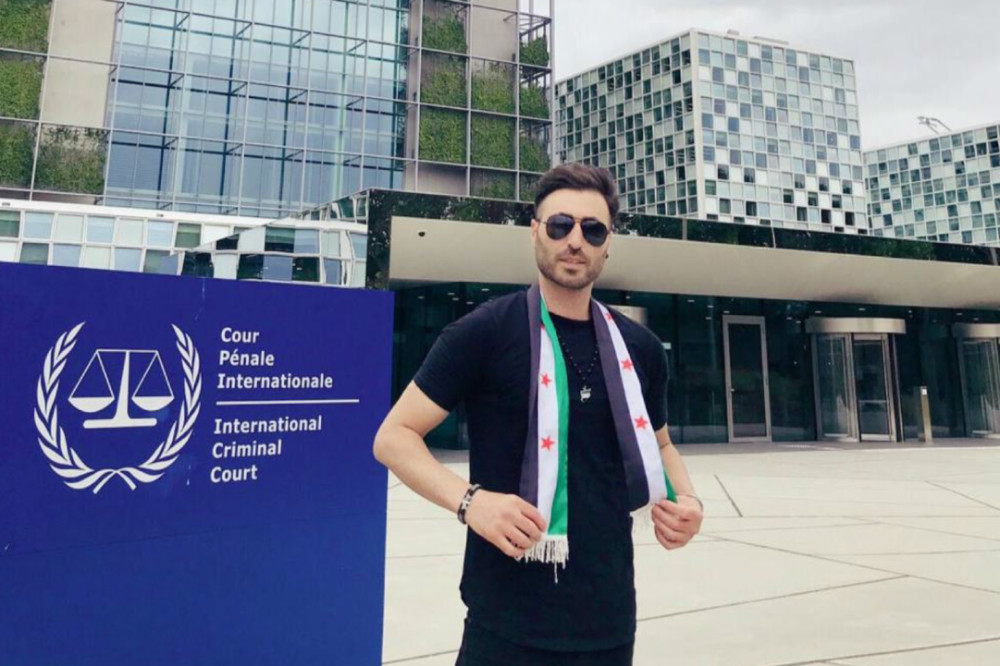
This photo provided by Syrian opposition activist Nedal al-Amari shows him standing outside the International Criminal Court in The Hague, Netherlands, on 7th June, 2019. Al-Amari was among the first to join the protests against the Assad family rule amid Arab Spring uprisings in 2011 in his hometown of Daraa, Syria. PICTURE: Nedal al-Amari via AP.
At its height in 2013 and 2014, rebels controlled most of Syria east of the Euphrates, parts of Daraa province and much of the north. It battled for all the major cities and even threatened Damascus from the surrounding countryside.
Assad’s forces unleashed airstrikes, devastating barrel bombs and chemical attacks. The tide turned when his allies, Moscow and Tehran, stepped in directly, first Iran with military experts and allied Shiite militias, then Russia with its warplanes.
Sieges and military campaigns against opposition-held cities and towns flattened neighborhoods and starved populations into submission. Opposition territory shrank, until it became confined to a small enclave centered on Idlib province in the northwest, dominated by Islamic militants and surviving only because of Turkish protection.
Government forces backed by Russia overwhelmed Daraa province in August, 2018.
But Daraa was far from controlled. Instead, it paints one scenario for Syria’s volatile near future: A war that Assad can dominate but not outright win, foreign powers patching together arrangements, and a population still rife with dissent.
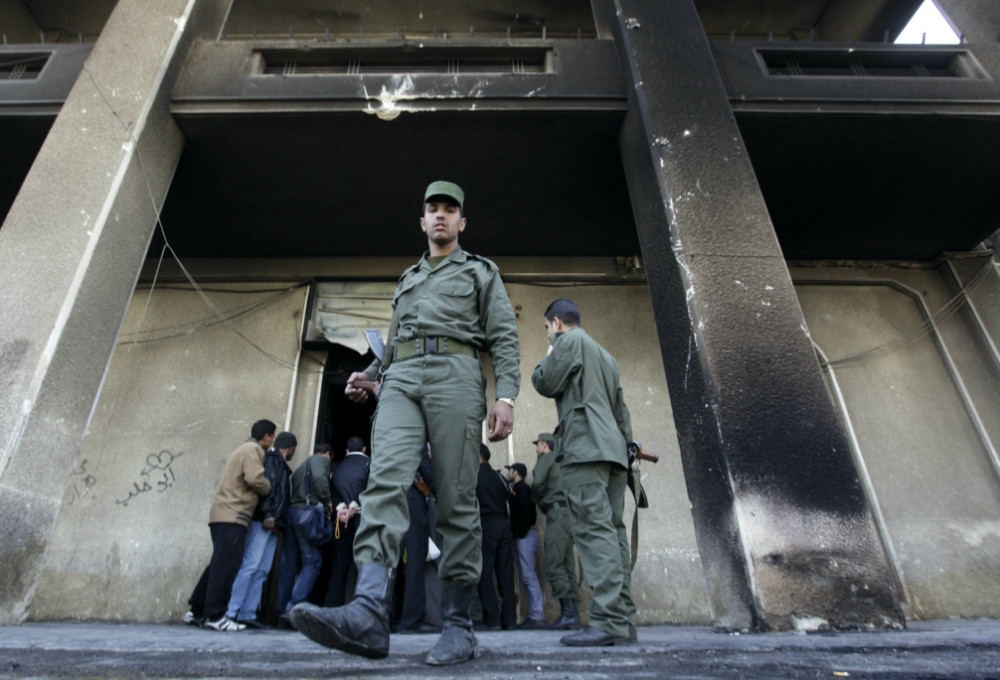
In this 21st March, 2011, file photo, a Syrian soldier steps out of the burned courthouse that was set on fire by anti-government protesters in the southern city of Daraa, Syria. In March 2011, Daraa became the first city to explode against the rule of Syrian President Bashar Assad. PICTURE: AP Photo/Hussein Malla/File photo.
Daraa has come under a unique arrangement mediated by Russia, partially because of pressure from Israel, which does not want Iranian militias on its doorstep, and from Jordan, which wants to keep its border crossings open.
In parts of the province, rebel fighters who agreed to “reconcile” remained in charge of security. Some joined the 5th Corps, which is technically part of the Syrian Army but overseen by Russia. State and municipal institutions have returned, but government forces stayed out.
Elsewhere, Russian and government troops are in charge together in a watered-down government authority. In the rest, the government is in outright control, and the Syrian army and Iranian-backed militias have deployed.
The organised opposition presence gives a margin for protests and open anti-government sentiment hard to find elsewhere.
Some rebels rejected the deal with Russia and wage a low-level insurgency that has killed more than 600 people, according to the Syrian Observatory for Human Rights. The dead include government troops, pro-Iranian militiamen, rebels who signed onto the Russia deals, and mayors and municipal workers considered loyal to the government.
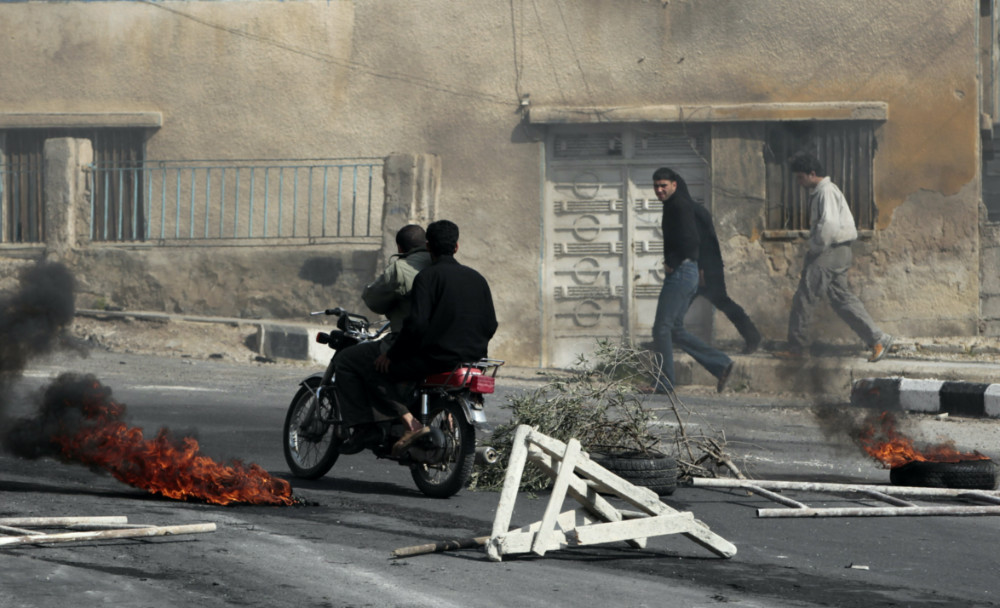
In this 23rd March, 2011, file photo, anti-government protesters pass burning tires set alight by the protesters following clashes with Syrian security forces in the southern city of Daraa, Syria. The decision by Syrian President Bashar Assad to crush the initially peaceful protests in March, 2011, propelled Syria into a civil war that has killed more than a half million people. PICTURE: AP Photo/Hussein Malla/File photo.
As in other parts of the country, many are concerned over Tehran’s expanding influence. Iranian-backed militias recruit young men attracted by a stable salary. Traders linked to Assad and Iran have exploited the destitution in Daraa to buy up land. Pro-Iranian militias are said to be encouraging Sunnis to convert to Shiism.
A new civil movement in the province is working to raise awareness against land sales and rally opposition to upcoming presidential elections, in which Assad will be the only candidate, said Hassan Alaswad, a prominent lawyer from Daraa now in exile in Germany.
But at the same time, the public is also exhausted by the economy’s collapse across Syria. Inflation is spiraling, and there are few jobs. Trade and agriculture are broken down, and infrastructure wrecked.
In Germany, al-Amari is working to build a life. But he is inexorably intertwined with Syria. He follows events in his home city. He breaks into tears when he talks of home. He hasn’t seen his family in 10 years. Tattooed on his forearm is the date of the first protests, 18th March.
“We are living and not living,” he said.





